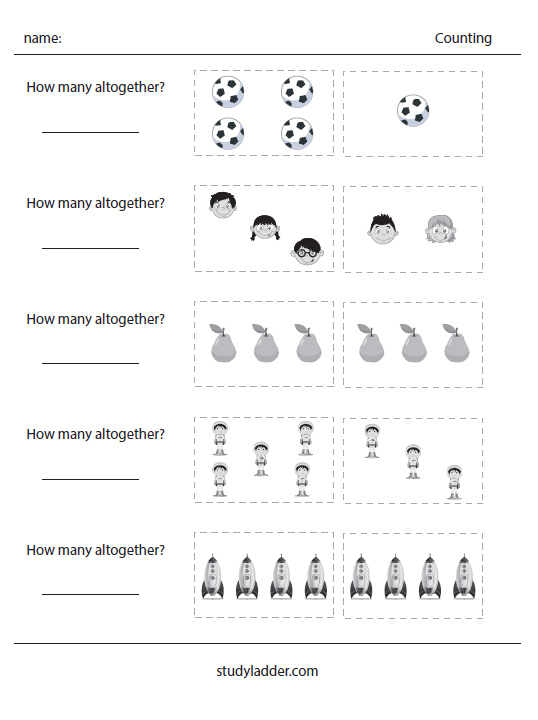Subitising - objects
- Grade: Kinder
Activity type: Printable
To save results or sets tasks for your students you need to be logged in. Join Now, Free
Subitising - objects
- Course
Mathematics - Grade
Kinder - Section
Estimation - Outcome
Subitising - objects - Activity Type
Printable - Activity ID
29241

